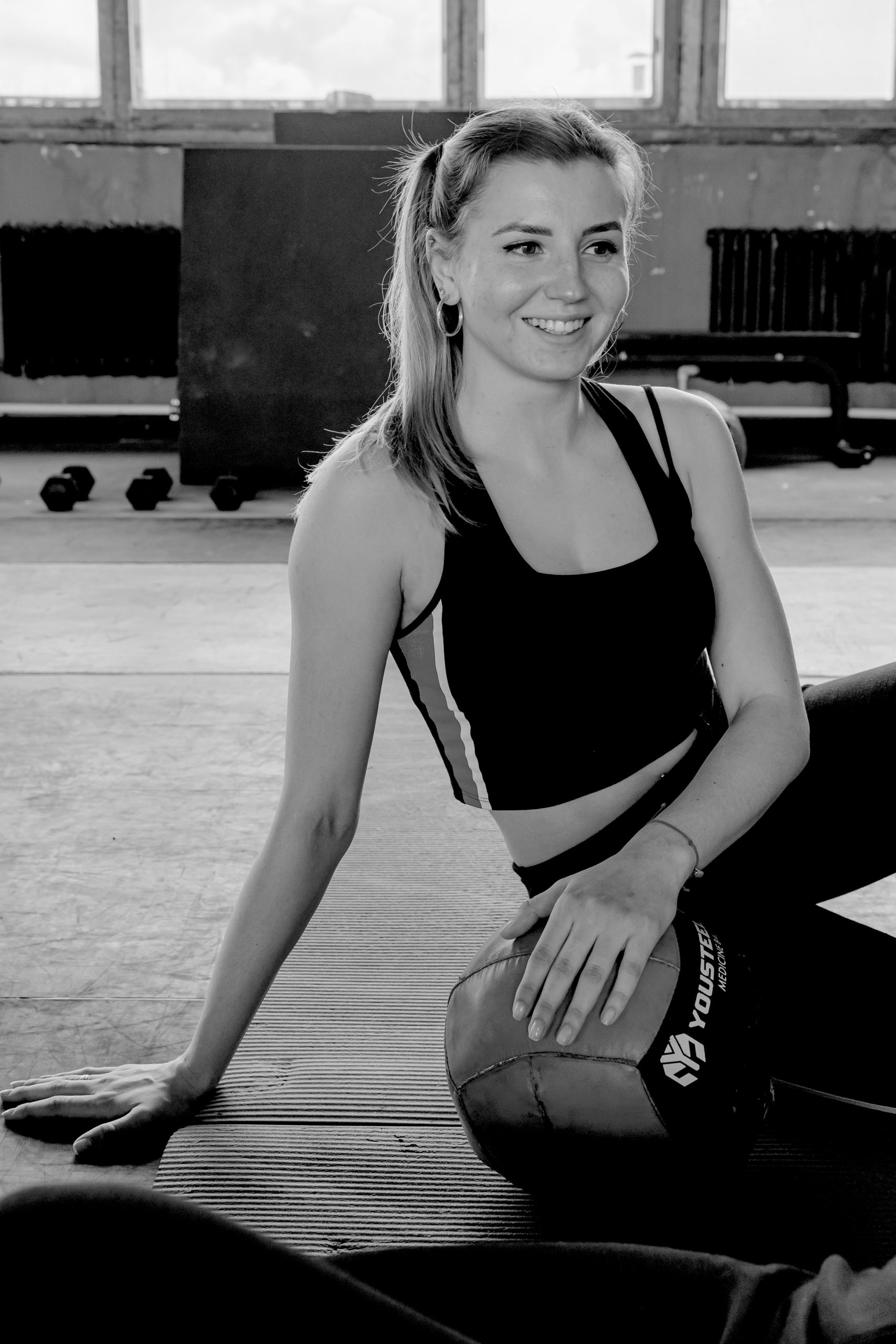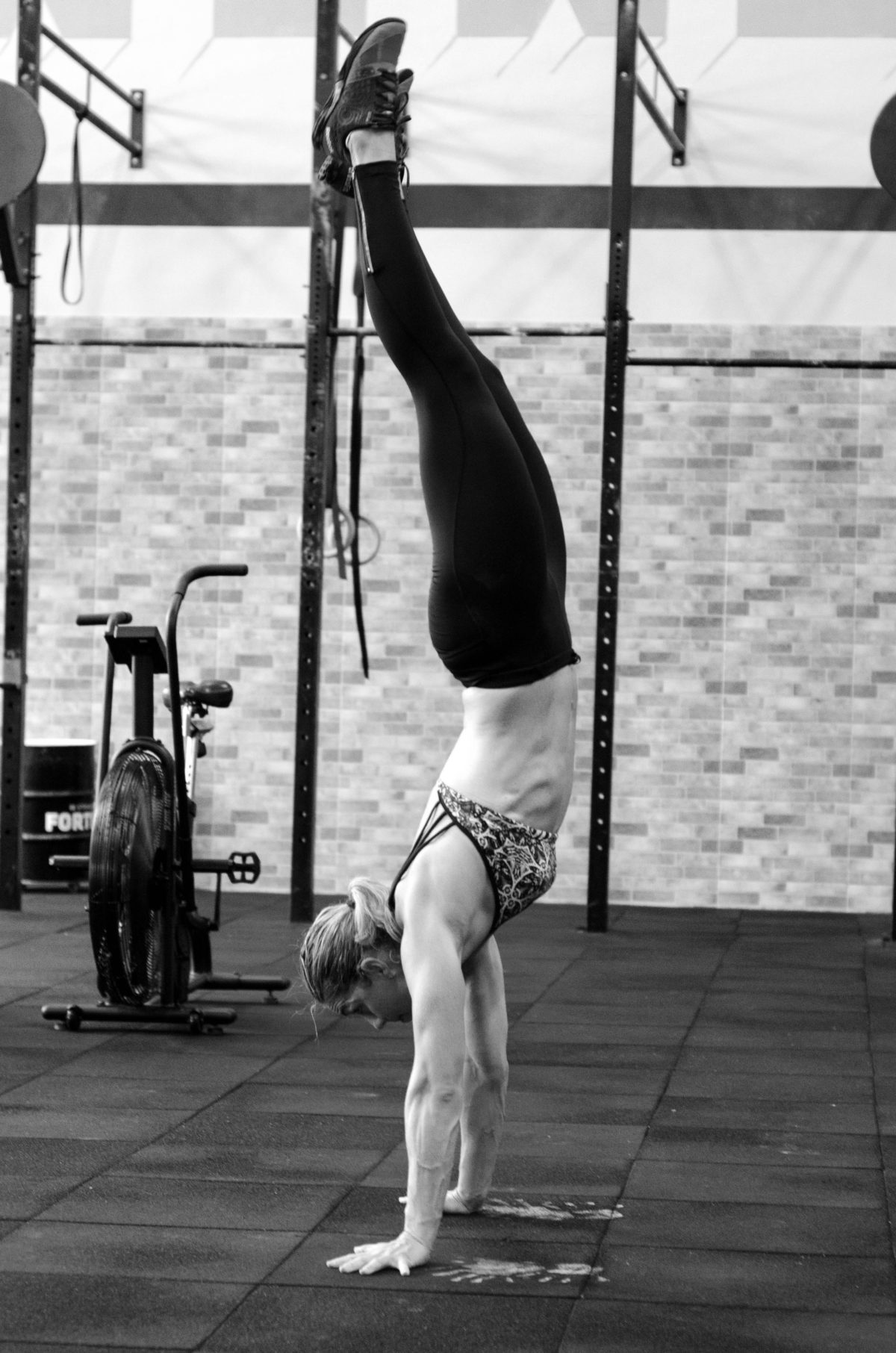If running’s your cardio of choice, you may be hoping that you can race your way to some 6 pack abs.
Along with looking great, having a strong core is important for your health. Solid abs keep you stable, reduce the risk of injuries, and even prevent heart disease and diabetes.
So, is it possible to get 6 pack abs from running?
Running Works Your Abs
Your abs get a great workout every time you go for a run. These muscles help to generate the force needed to move forward. They also stabilize the body, preventing you from falling.
The cardiovascular nature of running also helps you to lose body fat. If you’ve built the muscles of a 6 pack through hard work, diet, and strength training, you’ll be able to reveal it to the world if you maintain low body fat.
Run In Different Ways To Build 6 Pack Abs
One of the best ways to get 6 pack abs from running is to mix up the types of runs you’re going on. Different types of running workouts have different benefits. Plus, if you do things different, it will prevent you from getting bored. Consider trying:
- Sprints. High intensity dashes between 50 and 100 meters are one of the most effective types of cardio. Being so explosive, they work your abs (and most of your muscles) hard. This is a great way to build strength and burn calories at the same time.
- Steady endurance runs. Doing a long run at a steady pace will develop your endurance and aerobic strength. A long and relatively slow run on flat terrain for 30 to 90 minutes will increase your lactate threshold. This means that next time, you’ll be able to run for longer. Plus, going for a relaxing morning jog is great for the soul.
- Hill repeats. After a good warm up, try running up and down a hill of around 100 – 200 meters. The steepness, speed and number of repeats depend on your goals and experience. Hill repeats are tough, yes, but they’re a great way to develop your running endurance and strength at the same time.
- Workouts which combine running and strength. A workout which combines running and strength will be high intensity and help you to build the 6 pack of your dreams. Try switching between sprint drills and lifts or bodyweight strength exercises to build your endurance and work your core hard.
6 Pack Abs Are Made In The Kitchen
You’ve heard it before, but we’ll say it again: to have an amazing 6 pack, you need to cut down on your body fat to let the muscles shine through. And what has the most impact on your body fat?
Diet.
You need to eat less calories a day than you use to lose weight. Then, to build muscle, you need to fuel your body with protein.
Start by calculating your BMR. Aim to eat at a deficit of 500 to 1000 calories per day. You should also aim to consume at least 1 gram of protein per pound of bodyweight.
Focus on eating fatty fish, lean chicken and beef, eggs, dairy and lots of leafy vegetables. If you stick to a relatively low calorie and high protein diet, then that 6 pack will be making an appearance before you know it.
Work Strength Training Into Your Routine
While it is somewhat possible to build 6 pack abs from running, adding strength training to the routine will make a huge difference to your progress.
Compound lifts that work many muscle groups at a time are a great way to push your abdominals to their limits. Try squats, deadlifts, bench presses and overhead presses. Each of these exercises involve stabilizing your core, which is great for building a 6 pack.
You can also supplement the workout with isolated ab exercises. These include press ups, V ups, crunches, bicycle crunches, L sits, planks, and so many more. There are many excellent and effective ab exercises to add to your workout.
Putting It Together: Building 6 Pack Abs From Running, Diet, And Strength Training
Running is a great addition to an exercise routine. It’s effective cardio, and many people absolutely love getting outside and working out in nature. To a degree, you certainly can build a 6 pack from running.
You’ll have an easier time building your core if you try different types of running workout. Add a quality diet and strength training regimen to the routine, and you’ll be on your way to Greek god abs in no time.
Once achieved, your strong abs will continue to boost your running performance, keeping you stable and strong. Plus, you’ll look amazing. What’s not to love?




